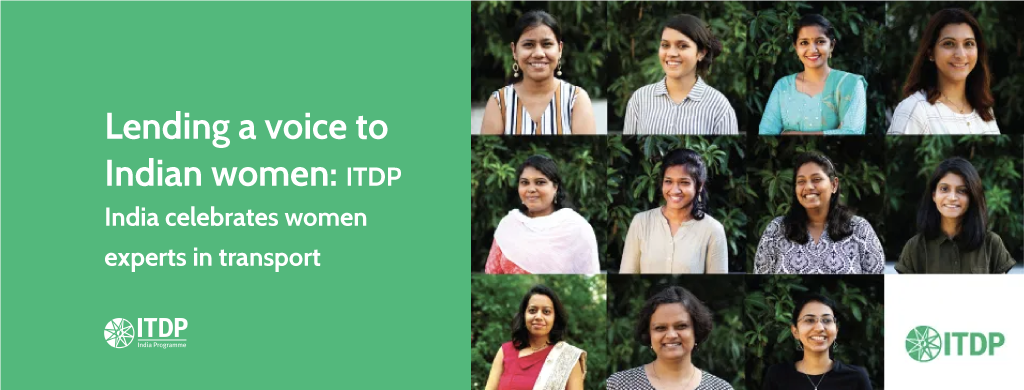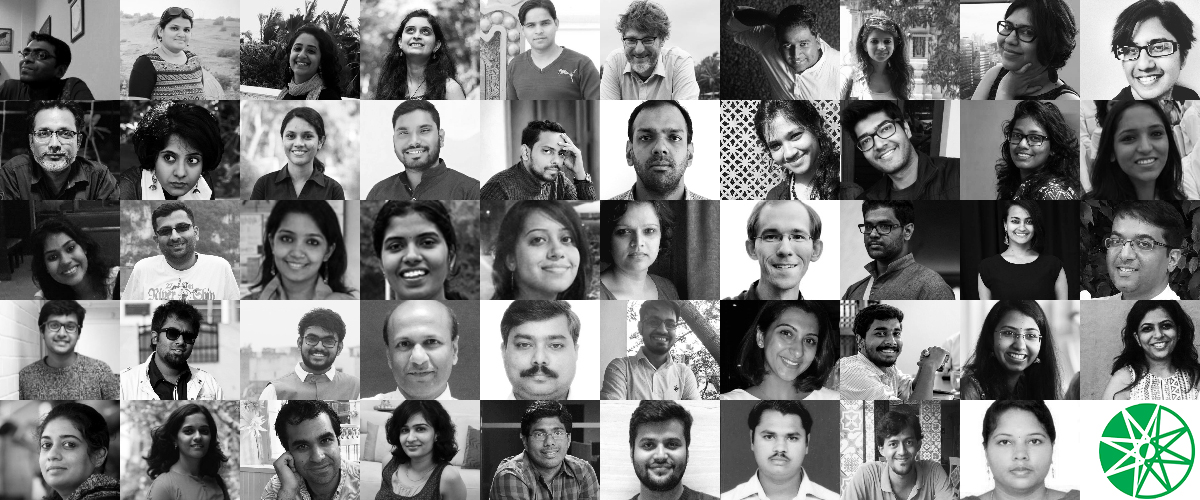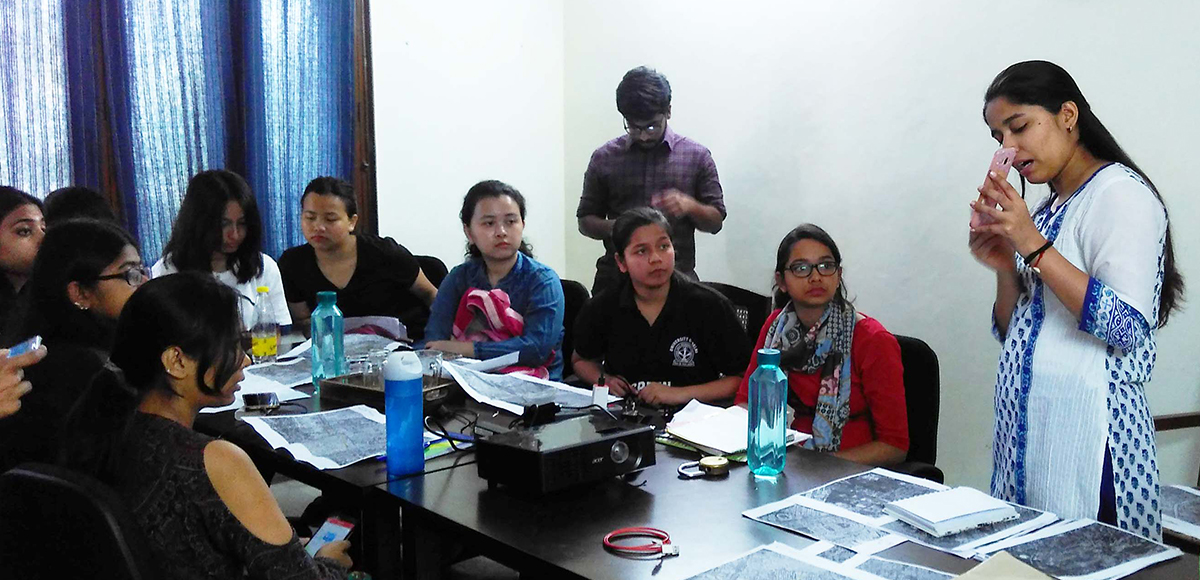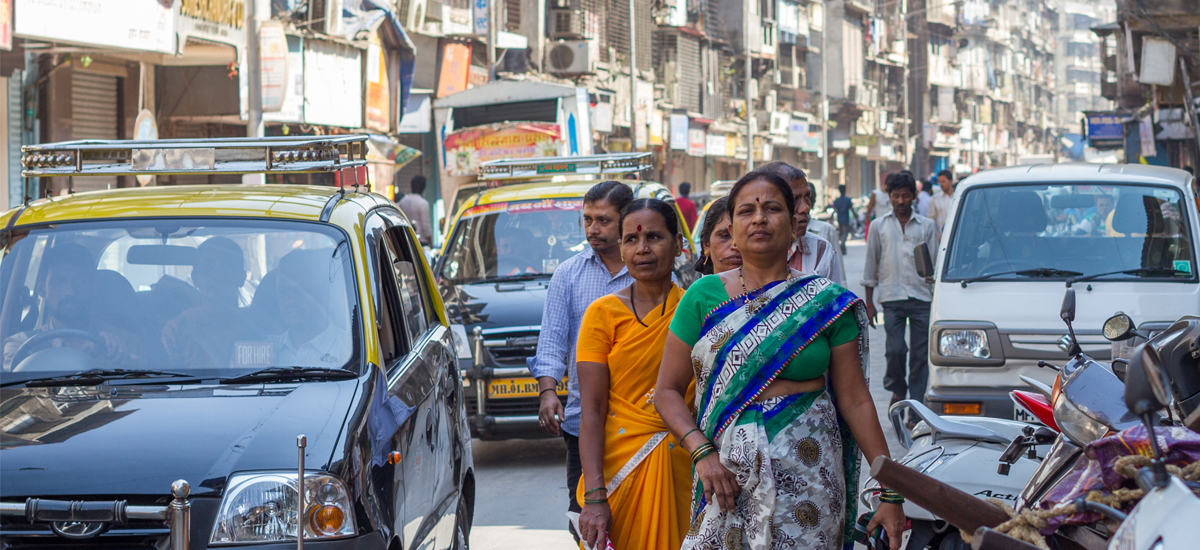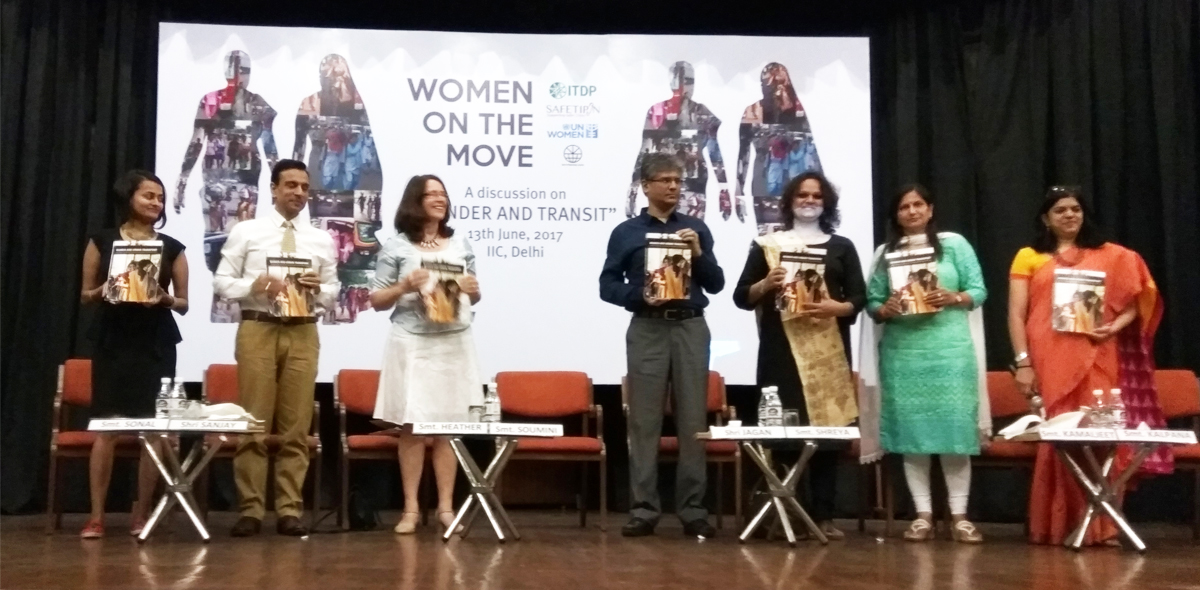“I wish they’d quit giving me cufflinks as souvenirs at these conferences,” said an ITDP transport expert after her return from another male-dominated transport conclave. Though such instances of sole woman representations at events is still a common occurrence, the culture is limping on its last leg. As more women transcend the ranks of various hierarchies (societies and workforce), cities are scrambling to pay heed to the needs and demands of the upcoming generations.
This Women’s Day we celebrate the lives and journeys of ITDP India transport experts who ventured into the sustainable transport sector to lend a voice to the many Indian women. Read more on why each of them chose to be a part of the change they wish to see everyday.















